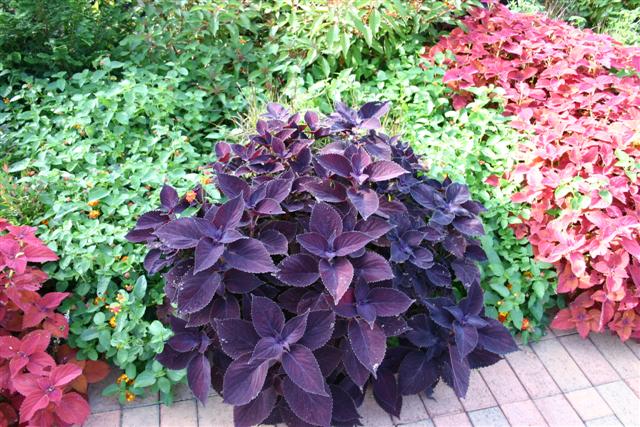
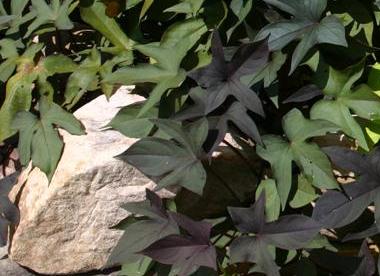

|

|
| Purple Coleus | Blackie Sweet Potato Vine |
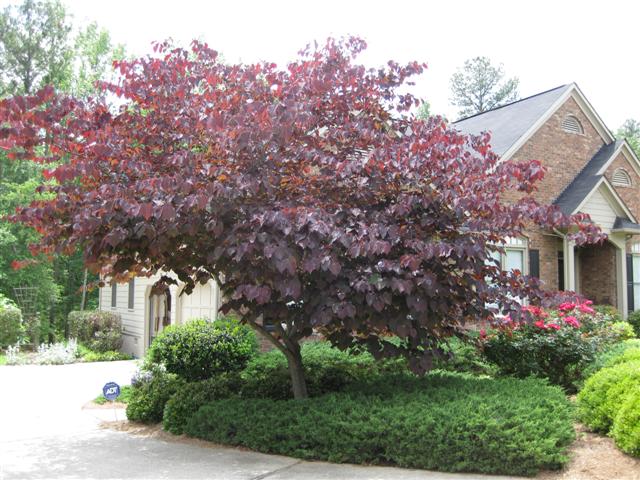
|
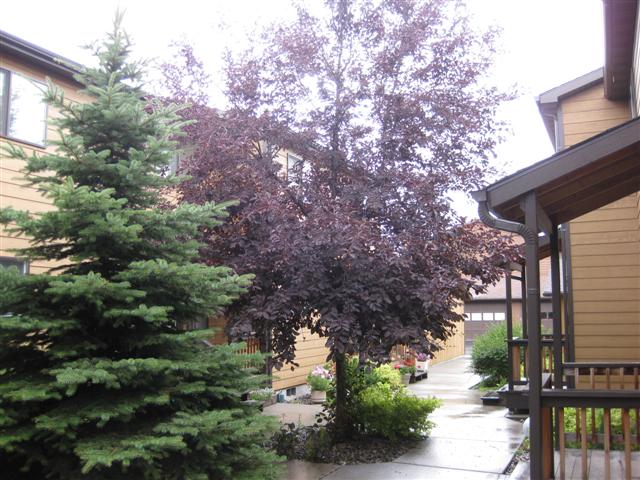
|
| Forest Pansy Redbud | Canada Red Chokecherry |
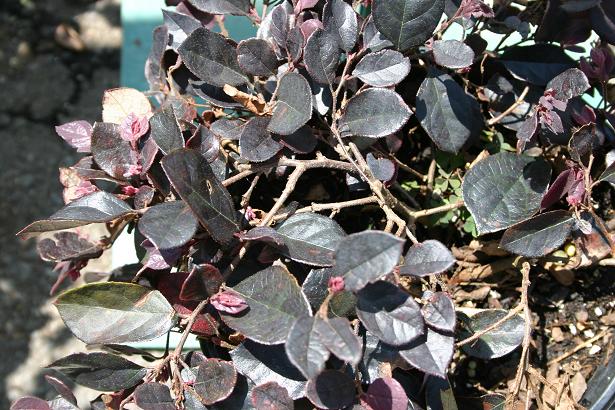
|
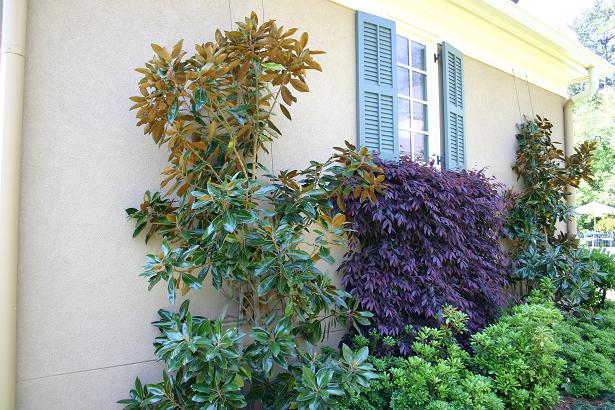
|
| Purple Diamond Loropetalum | Unknown Espalier Loropetalum |
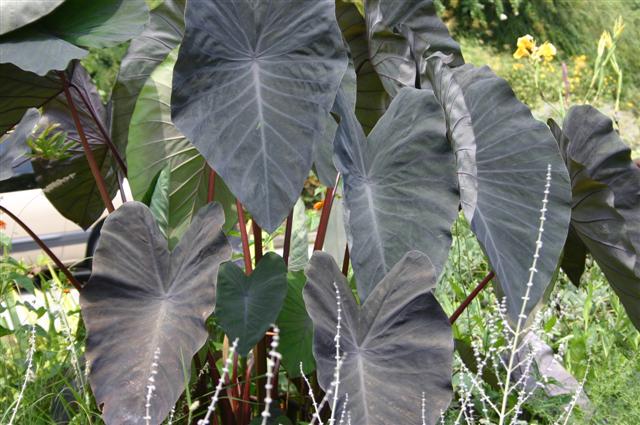
|
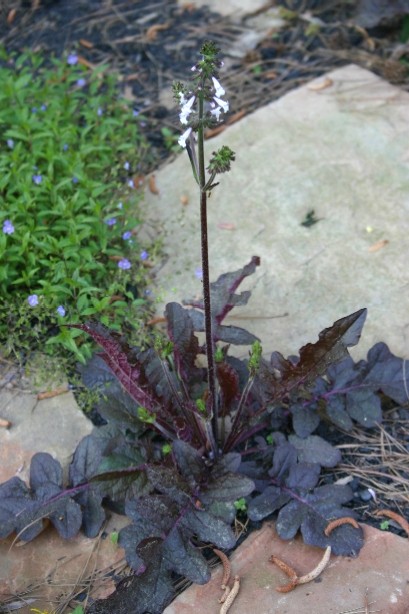
|
| Black Elephant Ears | Purple Knockout Lyre-leaf Sage |
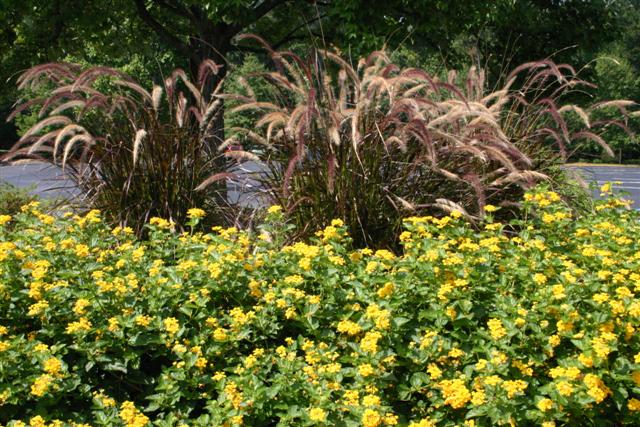
|
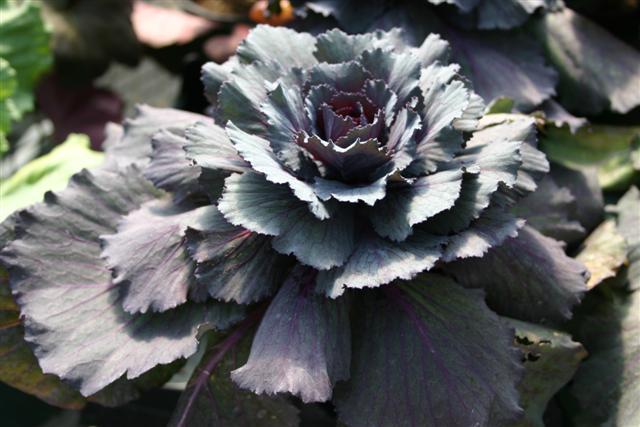
|
| Purple Fountain Grass | Ornamental Kale |